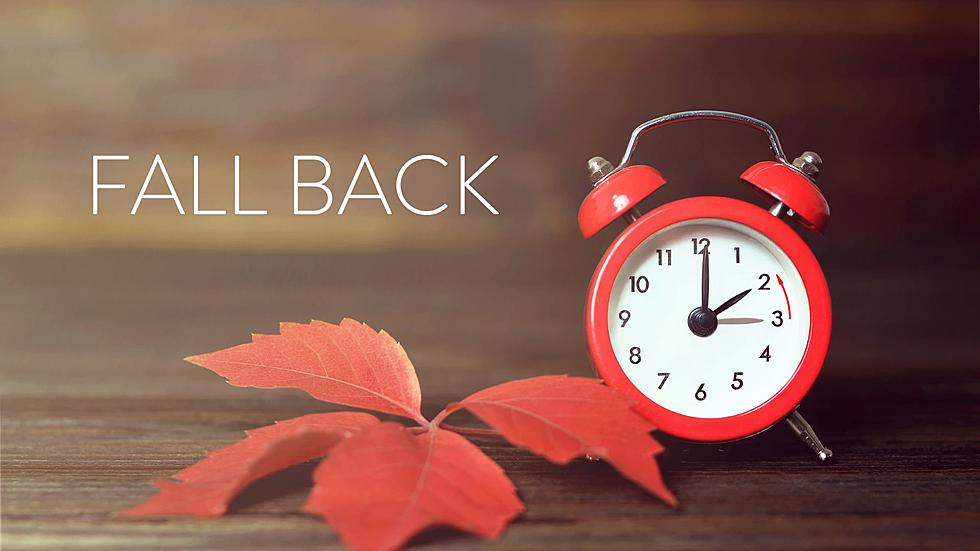
When Does Daylight Savings Time End In Michigan?
Daylight Savings Time has been the bane of my existence since I learned what it was. The idea of pushing our clocks an hour back or an hour forward twice a year is asinine to me, even if it is to remain on the sun's natural clock. The idea was mostly formulated so that individuals were still waking up at sunrise and to help farmer's get their work done during the daylight.
Apparently, there is also some satirical rumor that Ben Franklin wanted to save millions of pounds of candle wax by adjusting to Daylight Savings Time and firing off cannons in the streets for alarms. Luckily, this never came about but changing our clocks have even though farmers and others have admitted with current technology we should remain on standard time.

Health Risks Involved With Daylight Savings Time
Believe it or not but switching our clocks back and forth is affecting our sleeping patterns, moods, lifestyles, and health overall. Our bodies and brains are made to be on a schedule and to be accustomed to a certain way of doing things, Daylight Savings Time changes directly affect this natural flow of life.
According to the Medium, the changing of our clocks causes the following:
- Daylight savings time changes increase the risk of heart disease, immune disorders, mental and behavioral disorders, and personal injuries.
- In the days following the start of DST, the number of heart attacks in the US spikes by 24%.
- DST can impact people’s circadian rhythms, which may cause drowsiness, moodiness, sleep problems, and other health risks.
- The spring transition to DST increases fatal traffic accidents by 6% in the US.
- Making daylight savings permanent would drastically reduce deer collisions on the road, killing 37,000 fewer deer each year.
- Due to loss of sleep and productivity, one workforce consultant estimated the biannual time change costs the US over $430 million a year.
- A study of newly implemented DST in Indiana found that the switch led to a 1% rise in residential electricity use, increasing total residential electricity bills by an estimated $9 million annually.
When Does Daylight Savings Time End?
Daylight Savings Time is coming to an end very soon as we prepare for the winter season which means later sunrises and earlier sunsets, it's never fun when the days are the shortest of the year. On Sunday November 5th, in the wee hours of the morning, those of us with manual clocks must roll them back to get an extra hour of sleep but we lose an hour of daylight.
Yes, I'm in the same boat as others when it comes to Daylight Savings Time, it's outdated, and we should be sticking to Standard Time. I'm concerned about the health risks that have been associated with changing our clocks, but I can't do anything about it, so hopefully they change that soon.
5 Negative Health Effects Of Daylight Saving Time
Gallery Credit: Buehler
5 Things to help you survive during Daylight Saving Time
More From WKFR





